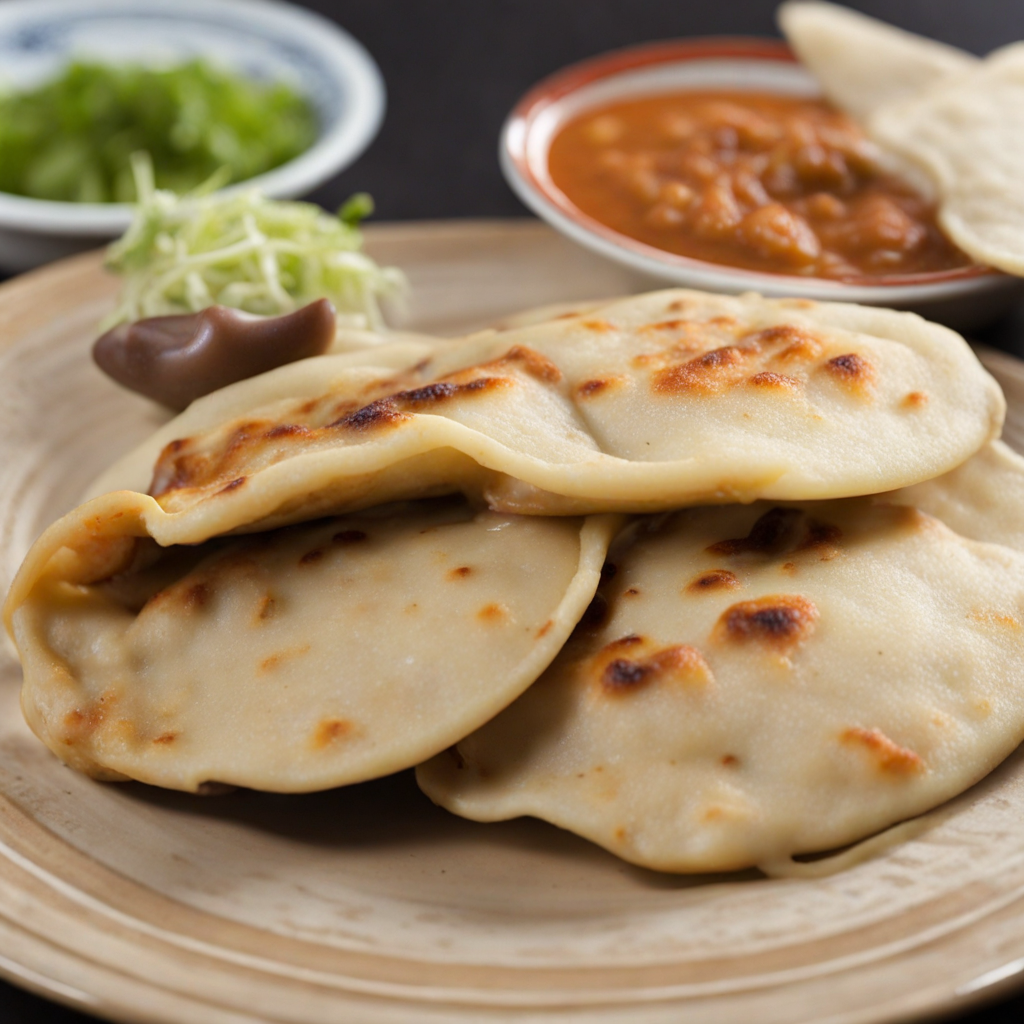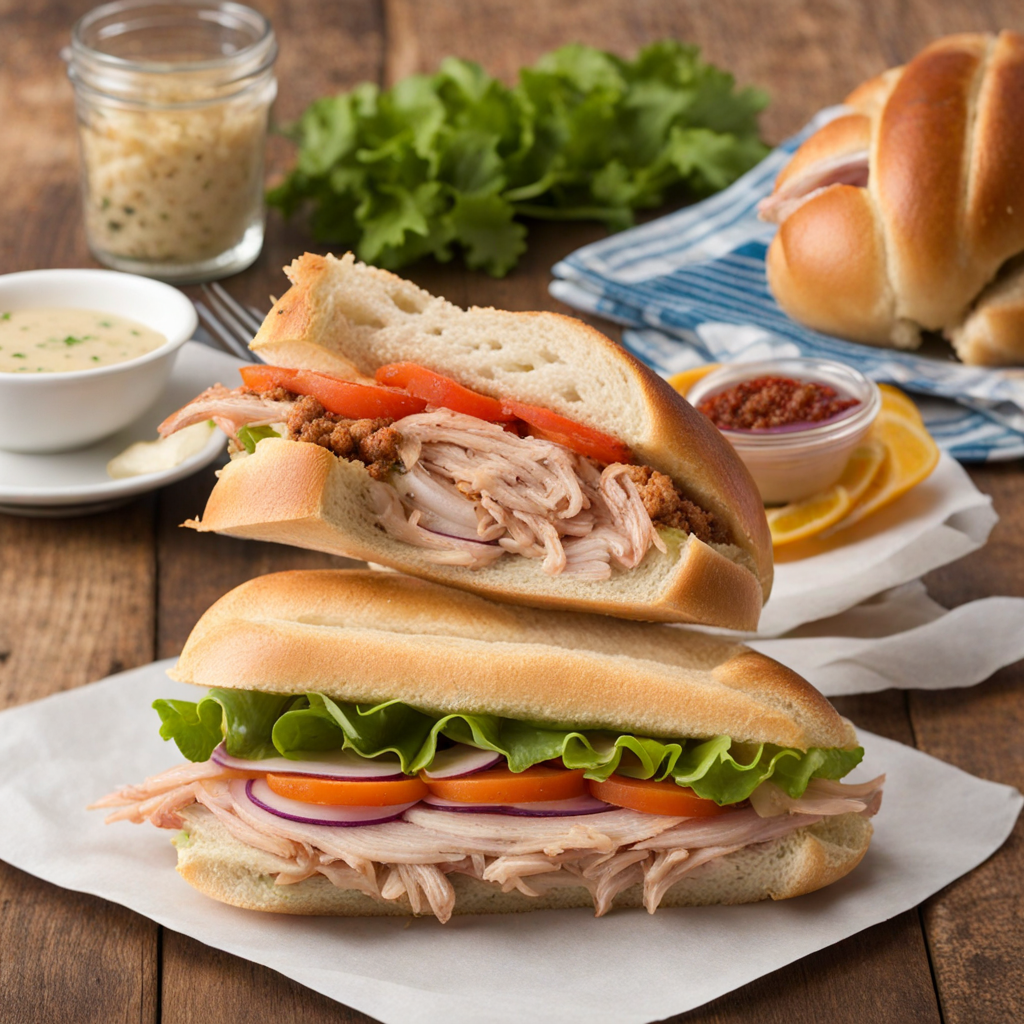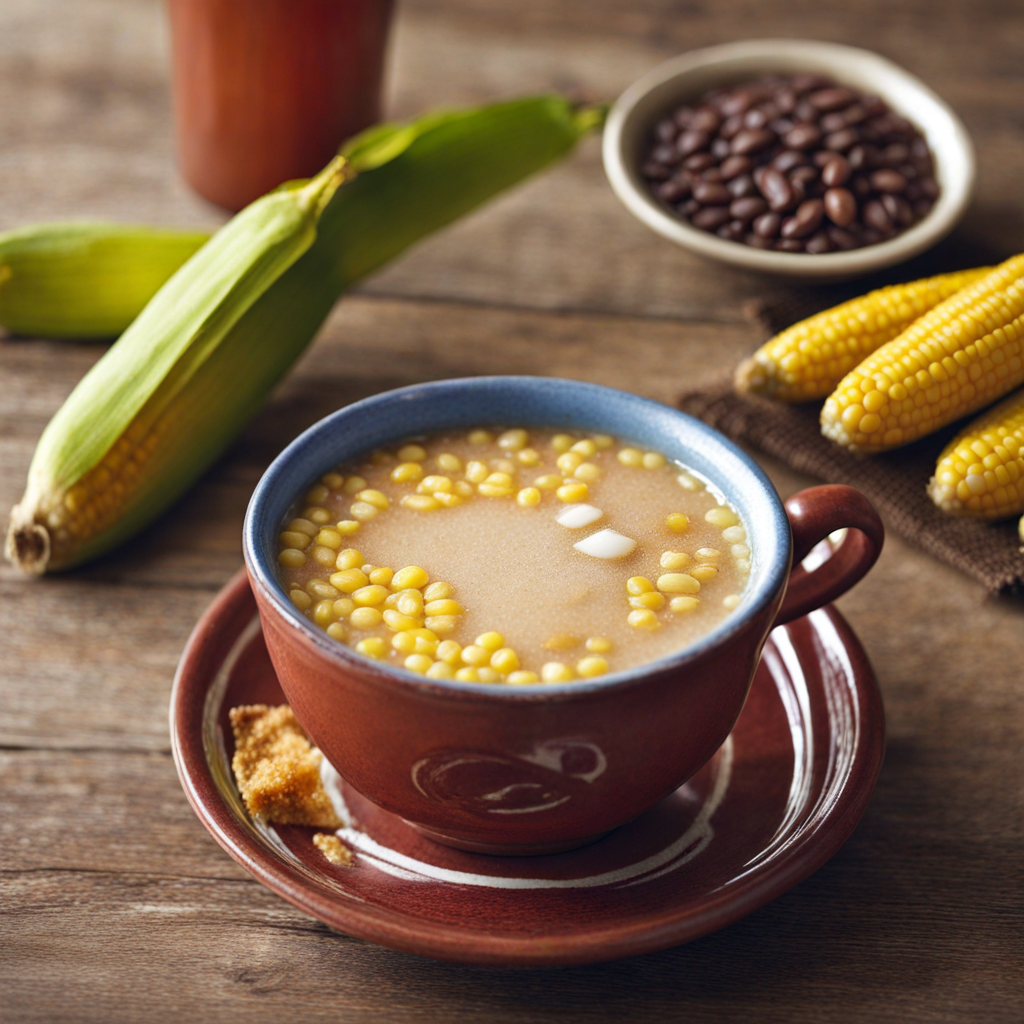Salpicón
Salpicón is a vibrant and refreshing dish hailing from El Salvador, celebrated for its delightful combination of textures and flavors. At its core, Salpicón consists of finely chopped meat, typically beef, which is marinated in a zesty blend of lime juice and spices. The marination process not only tenderizes the meat but also infuses it with a bright, tangy flavor that complements the savory elements. The dish is often enhanced with an array of fresh vegetables, such as tomatoes, bell peppers, and onions, which add a crisp crunch and a burst of color, making it as appealing to the eye as it is to the palate. What sets Salpicón apart is its unique use of herbs and spices, which vary by region but commonly include cilantro and sometimes a hint of oregano. This aromatic balance is crucial, as it elevates the dish from a simple meat salad to a flavor-packed experience. Some variations may even incorporate avocado or radishes for an added layer of creaminess or crunch, respectively. The dish is served chilled, making it a perfect option for warm weather or as a refreshing appetizer at gatherings. Salpicón is often enjoyed with crispy tortilla chips or as a filling for tacos, offering versatility in how it can be presented. The combination of the succulent meat, zesty marinade, and fresh vegetables creates a harmony of flavors that is both satisfying and invigorating. For those looking to explore a new culinary landscape, Salpicón is a delicious gateway into the rich and diverse flavors of Salvadoran cuisine, promising an adventure that tantalizes the taste buds and leaves a lasting impression.
How It Became This Dish
The History of Salpicón: A Culinary Gem from El Salvador Salpicón, a beloved dish in El Salvador, is a vibrant representation of the country’s rich culinary heritage. This delightful dish, often enjoyed as a refreshing appetizer or a light meal, consists of finely chopped meat, primarily beef, mixed with a medley of vegetables and herbs, and often flavored with citrus juices. The origins of salpicón, its cultural significance, and its evolution over time reflect the broader historical and social tapestry of El Salvador. #### Origins of Salpicón The roots of salpicón can be traced back to the Spanish colonial period in Latin America. The term "salpicón" itself is derived from the Spanish word "salpicar," meaning "to splash," which refers to the way the ingredients are mixed together, creating a colorful and appetizing dish. The Spanish settlers brought with them various culinary traditions, including techniques for preserving and preparing meats. They introduced new ingredients such as beef, which became a staple in the Salvadoran diet, and combined them with indigenous elements like herbs, vegetables, and citrus. The indigenous populations of El Salvador had their own rich culinary traditions that included the use of local ingredients such as tomatoes, onions, and peppers. The blending of these indigenous practices with Spanish influences led to the creation of salpicón as we know it today. The dish reflects a fusion of cultures, showcasing how food can serve as a bridge between different peoples and traditions. #### Cultural Significance In El Salvador, salpicón is more than just a dish; it is a symbol of community and celebration. Traditionally served at gatherings and family events, it evokes a sense of nostalgia and belonging. The preparation of salpicón often becomes a communal activity, with family members coming together to chop, mix, and season the ingredients. The act of sharing food, particularly a dish like salpicón, fosters connections and strengthens bonds among loved ones. Salpicón is also significant during certain holidays and festivities. For instance, during the Salvadoran holiday of "Día de los Muertos" (Day of the Dead), families prepare special meals to honor their deceased loved ones. Salpicón might be included in the offerings, symbolizing the nourishment of both the living and the spirits. Additionally, its refreshing taste makes it a popular choice during the hot summer months, providing a light and invigorating option in the Salvadoran heat. #### Evolution Over Time As El Salvador evolved through the centuries, so too did the dish of salpicón. The culinary landscape of the country was shaped by various factors, including immigration, globalization, and economic changes. In the 20th century, as Salvadorans migrated to different parts of the world, they took their culinary traditions with them, adapting recipes to accommodate new ingredients and tastes. In the United States, for example, Salvadoran communities began to introduce salpicón to a wider audience. This exposure led to variations of the dish, as it was adapted to include ingredients that were more readily available in the diaspora. For instance, some versions might incorporate additional spices or sauces, reflecting the diverse palates of the new environment. The dish remains a staple in Salvadoran restaurants, where it is often served alongside other traditional offerings such as pupusas and yuca frita. In recent years, there has been a resurgence of interest in traditional Salvadoran cuisine, driven in part by the rise of food tourism and cultural appreciation. Chefs and home cooks alike are revisiting classic recipes, including salpicón, and experimenting with contemporary presentations. This revival has led to a greater emphasis on local and sustainable ingredients, as well as a focus on the health benefits of fresh vegetables and lean proteins. #### Ingredients and Preparation The beauty of salpicón lies in its versatility. While the core ingredients typically include finely chopped beef, onions, cilantro, and bell peppers, variations abound, allowing cooks to personalize the dish to their liking. Some may add diced tomatoes, avocados, or radishes, while others might choose to incorporate different types of meat or seafood. The key is to finely chop everything and combine it with a dressing made from lime juice, vinegar, and spices, which brings the dish to life. The preparation of salpicón is relatively simple, making it accessible to home cooks and professional chefs alike. The dish is often enjoyed cold or at room temperature, making it a perfect choice for gatherings and picnics. It is typically served alongside tortillas or tortilla chips, allowing diners to scoop up the flavorful mixture. #### Salpicón in Contemporary Cuisine Today, salpicón continues to hold a special place in Salvadoran culture while also evolving in response to contemporary culinary trends. Chefs are experimenting with modern techniques, such as sous-vide cooking for the meat, or presenting the dish in innovative ways that highlight its vibrant colors and textures. The dish is being embraced not only by Salvadorans but also by food enthusiasts who are drawn to its fresh flavors and cultural significance. Moreover, as the world becomes increasingly interconnected, dishes like salpicón are finding their way onto global menus, showcasing the richness of Salvadoran cuisine. Food festivals, cultural events, and cooking classes dedicated to Salvadoran dishes have helped to raise awareness and appreciation for salpicón, allowing it to shine as a representative of the country’s culinary identity. #### Conclusion The history of salpicón is a testament to the power of food as a cultural narrative. From its origins during the Spanish colonial era to its significance in Salvadoran celebrations and its evolution in contemporary cuisine, salpicón embodies the dynamic interplay between tradition and innovation. As Salvadorans continue to cherish and share this dish, salpicón serves as a delicious reminder of the country’s rich heritage, community spirit, and the enduring nature of culinary traditions. Whether enjoyed at home or in a restaurant, salpicón remains a cherished part of El Salvador’s culinary landscape, inviting everyone to partake in its flavors and stories.
You may like
Discover local flavors from El Salvador







